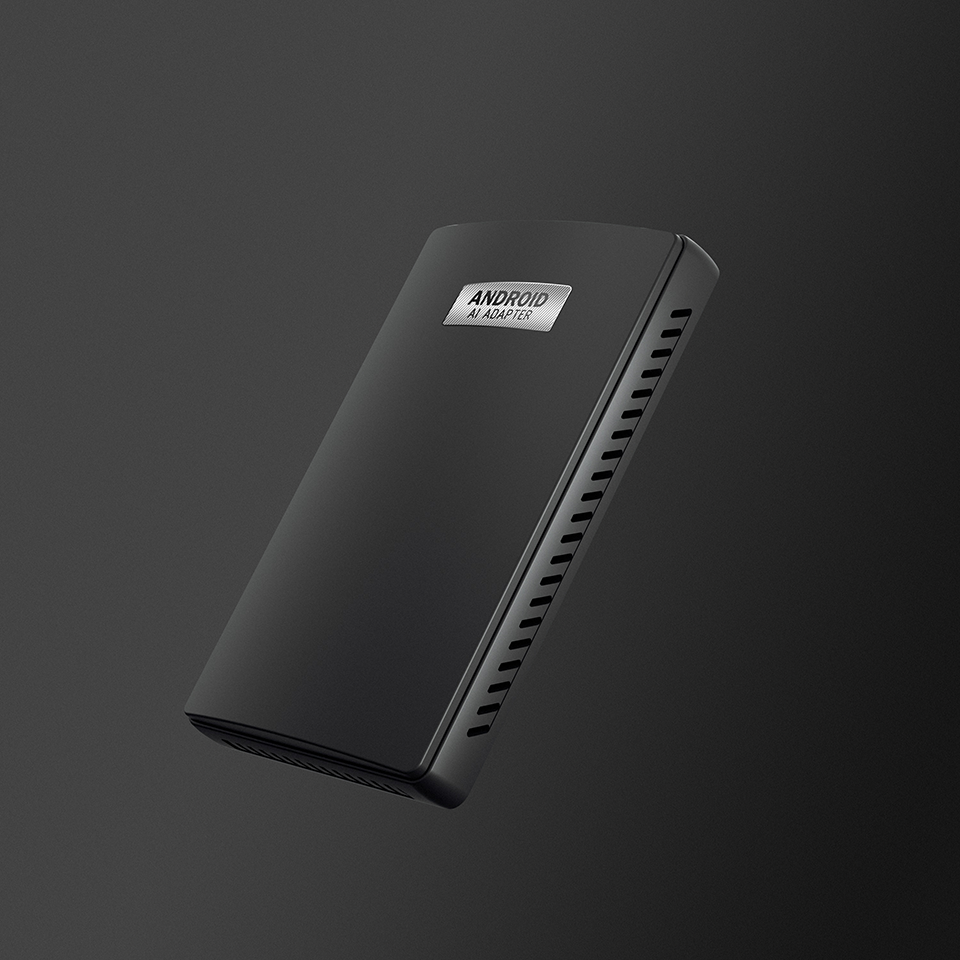About ten years ago, when the concept of "renewable car infotainment system" emerged in the market, it sounded full of appeal. Later, automakers gradually introduced car systems which can upgrade and cars equipped with Wi-Fi. Companies like Tesla go further and offer OTA remote updated services, so owners can add features and improve system response time without having to visit dealers in person.
It is foreseeable that as the above operations become more convenient, the way we pay for connected car features may also change. Despite the base price and a range of new car options, owners may have to pay for functions of remote services or satellite broadcasts on a monthly or yearly basis. Moreover, the boundaries between standard and non-standard configurations are not fully defined for a car.
At the Detroit Auto Show in late January this year, BMW announced that it will launch a paid subscription service for Apple CarPlay in the 2019 car. The new car is free usage for the first year, after which the owner can pay $80 a year. This feature is now charged in the form of a one-time payment of $300.
By 2023, the market for car subscription services will reach six billion dollars.
This allows customers to change equipment, explained by Don Smith, BMW North American technical product manager. A lot of people feel good after buying CarPlay, but when they change their Android phone, this feature can’t be used anymore.
On the surface, the idea sounds like giving customers more choices, and those who pay extra for features such as heated seats or automatic parking technology may clap their hands. But what is the price should be paid? Customers who decide not to renew their car network subscription services, such as OnStar or SiriusXM radios, may not consider their car to lose an important function. But what if the car companies extend this paid subscription pattern to more important devices?
Software that supports digital rights management (DRM) is the next wave of monetized of in-vehicle devices, just as BMW Motors supports Apple CarPlay, explained by senior analyst Colin Bird from IHS Markit. This may be as more and more products support the remote update program. For car manufacturers, this kind of service-based software is very profitable because the software has a much higher profit margin.
IHS predicts that by 2023, the market for car subscription services will reach six billion dollars and the gross margin will be in the 20-30% range. In contrast, car sales increments will hardly bring profits. For automakers, this is basically a win-win situation, such as the pattern that communications companies have used, with the popularity of smartphones, providing consumers with contract and data traffic monthly services.
Colin Bird said IHS has predicted that there will be 7 million "renewable infotainment systems" on the road, from renewable built-in navigation systems to app that can order coffee for you etc. Moreover, from Audi to Volvo, every brand manufacturer adds Wi-Fi hotspot to cars, as well as an app for parking and multimedia. So we seem to be entering an era which we can pay to add some car features to the plan of paid subscription at will. This will allow mainstream automakers to implement DRM feature updates, and as you can see in Tesla, customers can pay a fee when the software is stable and ready to go live, buying and using autopilot capabilities, Colin Bird said.
Apple CarPlay strategy is only available for BMW cars
Through remote update, Tesla has added and removed a variety of features from automatic wipers to Autopilot for Model 3 cars. The owner who agrees to the remote update can decide when to update and submit a report that the new feature has been added or stopped when the next time they enter the car. Automakers such as BMW have made it clear that this approach will be used to ensure better connectivity for cars. But Apple's CarPlay strategy only applies to BMW cars, because the latter has always had a way to let customers spend a lot of money on optional equipment. In the past, BMW had asked customers to pay extra $40,000 for the cruise control and folding rear seats for BMW 3 Series. This history may not repeat itself, but they still require customers to pay for CarPlay. But many automakers, even some luxury brands, have already included CarPlay within the benchmark price.
In the first few years of owning a car, you can figure it out without a mathematician's brain. The subscription-based CarPlay solution is cheaper, and BMW will win every time, said Michael Harley, director of the Kelly Blue Book, a professional car rating company in the United States. He said, most owners have used the vehicle for more than three years after that owners will be forced to subscribe to the mobile interface. Without paying for CarPlay, there are still many opportunities for BMW to make money throughout the life of the car. Over time, the cost of consumers will gradually increase.
Colin Bird also agrees that BMW knows very little about subscription service plans, at least for now, mainly because of the way the company's customers buy cars and the time between their replacement of new cars. BMW customers are more inclined to rent a car. If they rent CarPlay at an average rate for four years or less, it is theoretically more cost-effective than full-price purchases, he said. You can see that many hardware are dormant if you don't subscribe, especially for rental vehicles. Even basic things, such as workable heated seat t, can be reset when resold to the next customer.
However, consumers who have used this service are mixed. Although some of the subscription features have been disabled when customers find a BMW car that has been on the market for three or four years, they are still able to get the features they want more easily. If the first owner uses it for a year and feels it is not worth the cost of subscribing to CarPlay and heated seats, the second owner can spend some money to change the configuration.
Despite this, we are beginning to enter the unknown field. The Volvo XC40 is about to launch a subscription service called Care by Volvo, the monthly fee which covers car payments, repairs, insurance, wear, and other services. Many other luxury brands are also experimenting with subscription projects and a suite of connected car services based on infotainment platforms. At the International Consumer Electronics Show (CES), we learned that many automakers are bundling their products with Amazon Alexa and Google Assistant, it means that if you have the right equipment and subscribe to these technology companies service, both of the above devices can be used.
Suddenly, the connected world seems to be getting smaller.


.png)
_副本.png)
